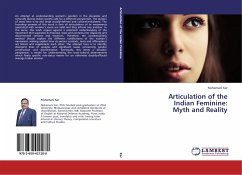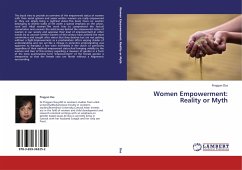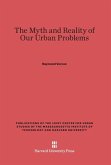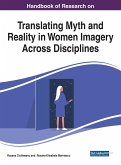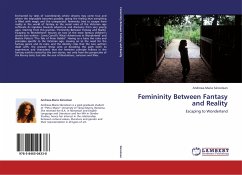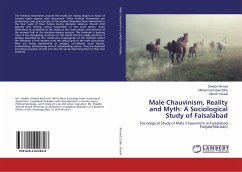An attempt at understanding women's position in the pluralistic and culturally diverse Indian society calls for a different perspective. The division of sexes here is by and large socially-defined and cultural-articulated. The founding premise of this work is that all articulations of or movements associated with women's cause are valid and they inform one another. In this sense, this work argues against a polarized understanding of the movement that separates its theories, texts and contexts into disparate and disconnected versions and locations. Therefore, the contextualizing method should explore the different ramifications of the women's movement, making explicit how its various contexts, texts and affirmations are linked and supplement each other. The attempt here is to identify divergent lines of analysis and significant issues concerning gender construction and discrimination. Eventually, this lends a broader perspective, a model for understanding the socio-cultural determinants which fixate specific role-status matrix for an otherwise doubly-effaced average Indian woman.
Bitte wählen Sie Ihr Anliegen aus.
Rechnungen
Retourenschein anfordern
Bestellstatus
Storno

